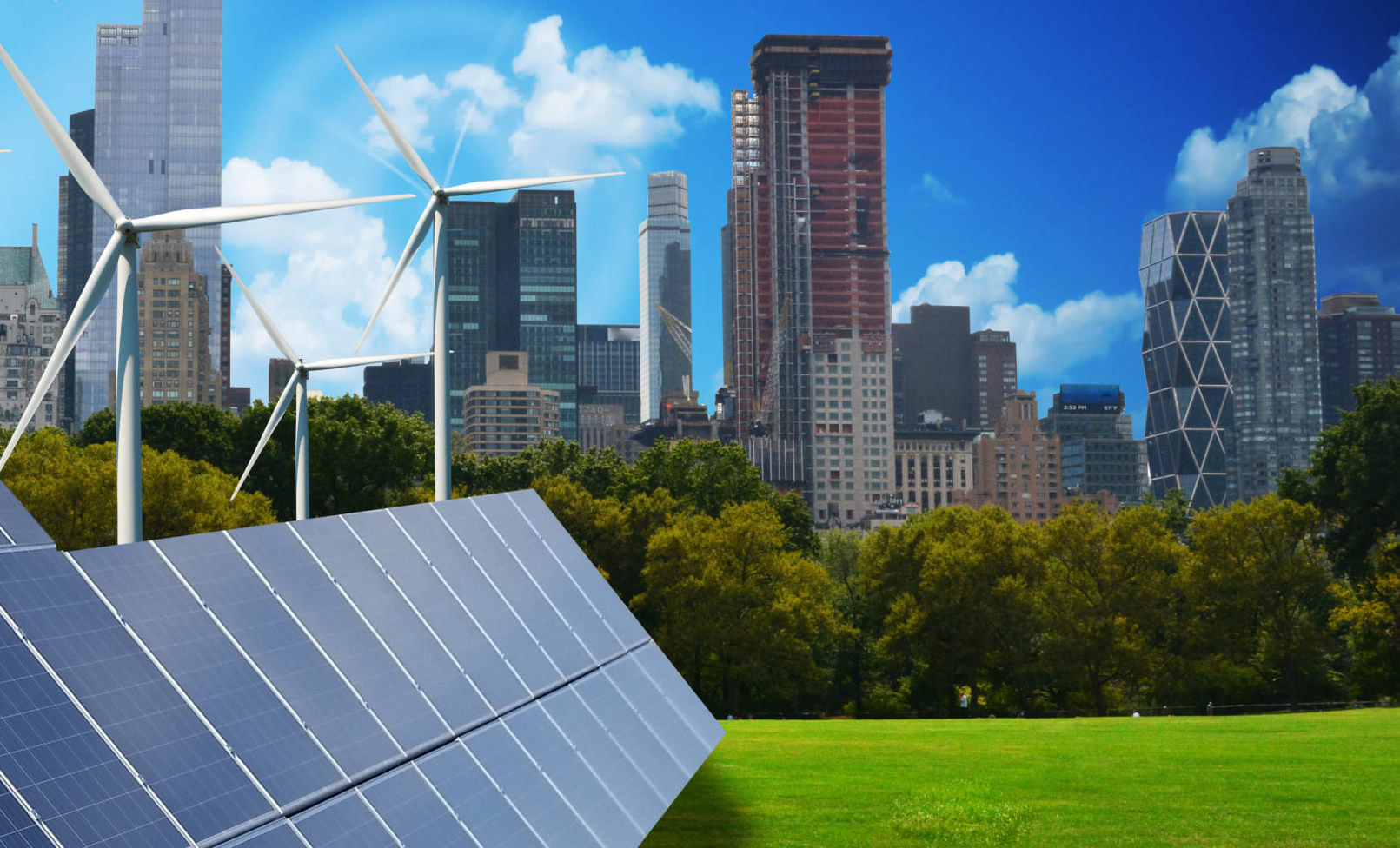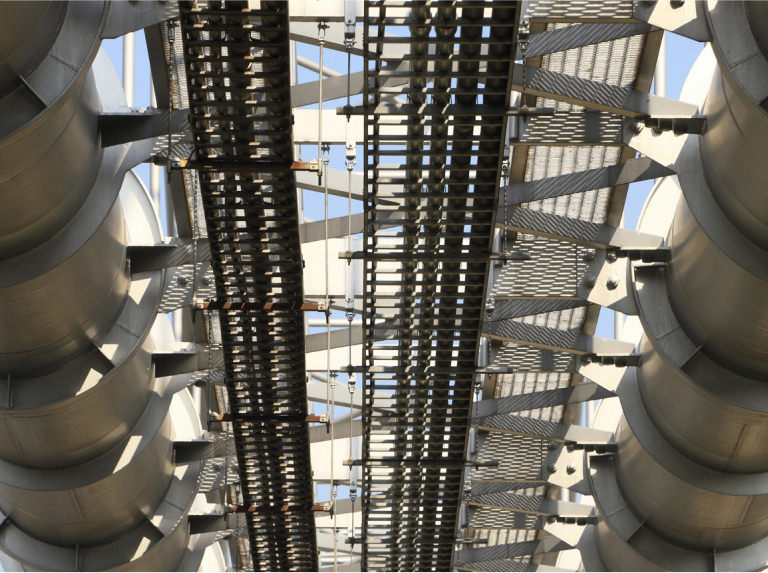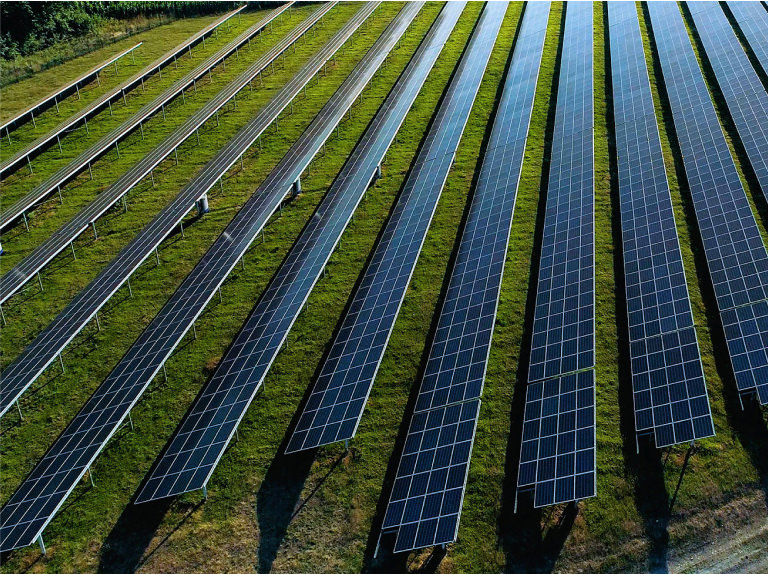

Our Strategies
Energy Infrastructure
Kayne Anderson has been investing in energy infrastructure marketable securities in its commingled funds since 1998.
Since then, we have grown to become one of the largest and most respected investors in the space.
Explore Investment Opportunities
Investing With Kayne
Why Energy Infrastructure?
Energy infrastructure acts as the backbone of the global energy sector, and the vast network of logistics assets owned by energy infrastructure companies are critical enablers of our “modern way of life.”
Energy infrastructure companies have favorable investment attributes and strong industry tailwinds, including:
- Highly contracted cash flows supported by bullish underlying fundamentals
- Strong balance sheets with “excess” free cash flow to fuel shareholder returns
- Exposure to North American energy sector
- Energy security is a key priority given evolving geopolitical landscape
- Energy transition is a multi-decade trend in the energy sector
Our People
Our competitive advantages are highlighted by our experienced team, deep industry knowledge and 20+ year track record.
-
Seniors Housing Rebounds as Boomers Move InReal Estate Wall Street Journal
-
Nishita Cummings and Leon Chen named among 2024 Banking and Finance VisionariesGrowth Capital Los Angeles Times
-
Kayne Anderson Growth Capital Invests in TeleMed2U, a Multi-Specialty Telehealth PlatformGrowth Capital





